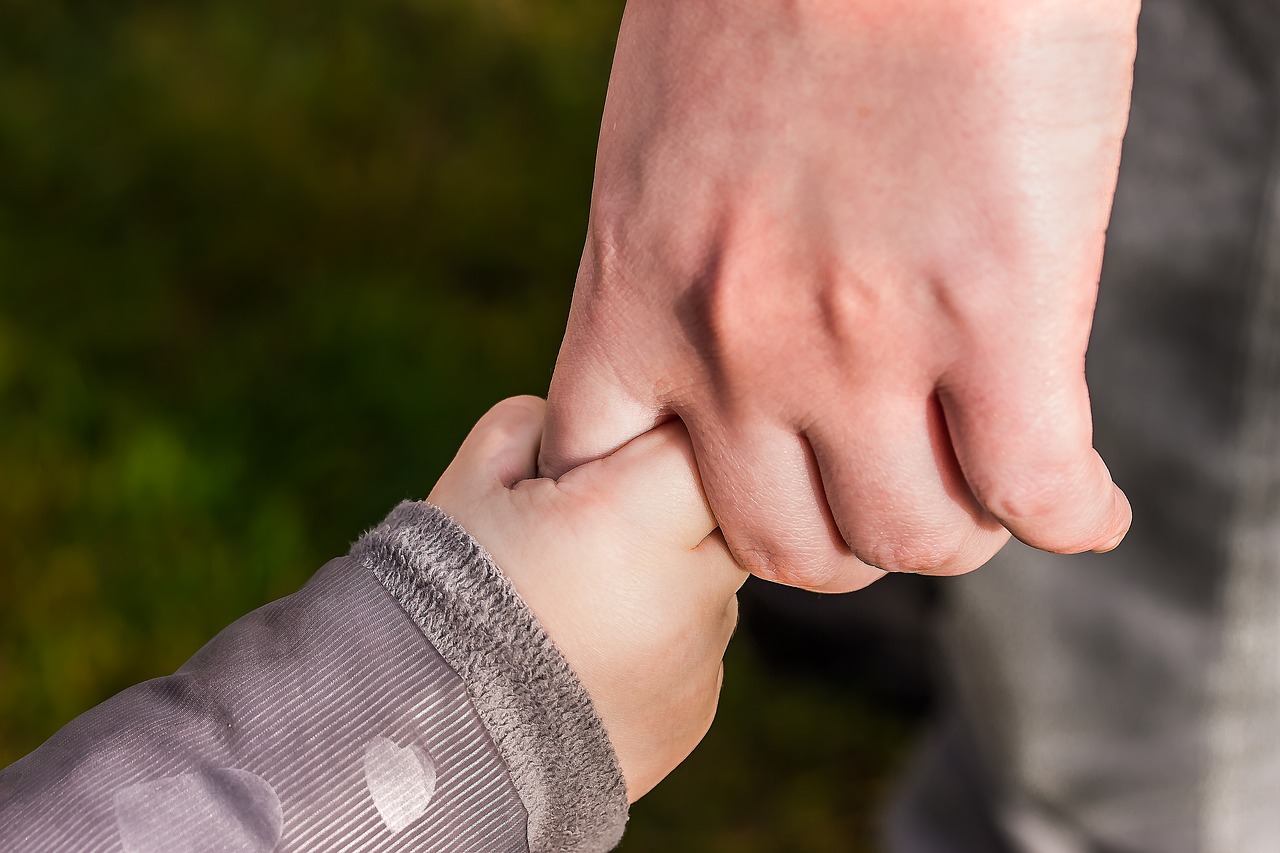In today's rapidly changing world, children's safety has become a top priority for parents and educators alike. It is also essential to instill safety habits in them from a childhood. From navigating online spaces to understanding basic safety in their physical environment, children need to be trained with the knowledge and skills to safeguard themselves. Safety education isn't just about teaching children to avoid danger; it's about empowering them to make smart decisions, recognize risky situations, and understand the value of their well-being.
Safety Education is needed for:
Empowerment and Confidence: When children are educated about safety, they feel more confident in their ability to handle possibly unsafe situations. This empowerment reduces fear and anxiety, allowing them to make informed decisions rather than reacting thoughtlessly.
Prevention of Accidents: Many accidents involving children can be prevented through safety education. Whether it's understanding road safety, being aware of potential hazards at home or knowing how to swim, these lessons can be lifesaving.
Building Lifelong Habits: Early safety education sets the foundation for habits that children will carry into adulthood.
Understanding Boundaries: Safety education also involves teaching children about personal boundaries and consent. This is crucial in helping them understand what is the acceptable behaviour from others and how to assert themselves in uncomfortable situations.
Some of the key areas of safety education are:
Home Safety: Children spend a significant amount of time at home, making it essential to teach them about potential hazards.
· Childproofing: Identify high-risk areas in and around the home, such as stairs, sharp objects and hazardous objects. Install safety gates, secure furniture and keep hazardous items out of reach.
· Fire Safety: Educate children not to play with matchsticks. Teach them about fire alarms, escape routes and the “stop, drop, and roll” technique. Fires can occur anywhere and children should know how to respond in case of a fire emergency. Safety education can teach them evacuation procedures, how to use fire extinguishers, and the importance of having a fire escape plan.
· Poison Prevention: Educate them about harmful substances, including household cleaners and medications.
· Electrical safety : Teach them not to stick objects into outlets.
Online Safety: With the increasing use of technology, online safety has become a crucial component of children's education. They need to understand the importance of protecting their personal information, recognizing cyberbullying, and avoiding inappropriate content or communication with strangers.
Road Safety: Teaching children road sense can significantly reduce the risk of accidents.
· Crosswalks and Traffic Lights: Teach kids how to safely cross streets using crosswalks and obey traffic signals.
· Bicycle Safety: Explain helmet use, hand signals and safe riding practices.
Stranger Danger and Personal Safety: While children should not be made to fear everyone they don’t know, it’s important for them to understand the concept of "stranger danger." Teaching them about safe adults, what to do if they feel uncomfortable and how to get help in emergencies are key aspects of personal safety education.
Bullying Prevention: Safety education isn't limited to physical threats. Bullying, whether in person or online, can have severe impacts on a child's well-being. Children should be taught how to recognize bullying, how to respond to it, and the importance of seeking help from trusted adults.
Health and Hygiene Safety: Teaching children about personal hygiene, proper handwashing techniques and how to stay safe during illnesses (e.g., wearing masks, avoiding contact with sick individuals) is essential for their overall health and well-being.
Water Safety: Encourage swimming lessons and emphasize water safety rules. Always supervise children near water, whether it’s a pool, bathtub, or beach.
Emergency Preparedness: Ensure children know their home address and phone number. Teach them the emergency contact numbers and their importance. Conduct fire drills, earthquake drills and other emergency scenarios. This will make the children well prepared to face the emergencies.
Personal Safety: Children should know how to protect themselves from physical harm, harassment, and abuse. Safety education can teach them self-defense techniques, how to say "no," and when to seek help.
How to teach children about safety?
Role-Playing Scenarios: One of the most effective ways to teach safety is through role-playing. Simulate different scenarios with your child, such as what to do if a stranger approaches them, pretend to cross the street safely or how to react in case of a fire. This hands-on approach helps reinforce the lessons and ensures the child knows how to act in real situations.
Open Communication: Encourage open discussion with your child. Let them know they can come to you with any concerns or questions, no matter how small they may seem. This builds trust and ensures they feel comfortable seeking help when needed.
Use Age-Appropriate Materials: Tailor safety lessons to your child’s age and understanding. Younger children may benefit from simple, clear instructions and visual aids, while older children can handle more detailed discussions about complex topics like online safety.
Lead by Example: Children often learn by observing adults. Demonstrate safe behaviour in your daily life, whether it’s wearing a seatbelt, practicing safe online habits or following safety protocols at home. Your actions will emphasize the importance of safety.
Cooking Safety Lessons: While baking or cooking, emphasize safety rules. Teach kids about hot surfaces, handling knives, and using oven mitts.
Art and Crafts: Get creative with safety-themed crafts. Make safety posters, design reflective vests, or create “stop” signs for pedestrian safety. Kids learn while having fun with colors and shapes.
Conclusion
Safety education for children is not a one-time lesson but an continuous process that requires the combined efforts of parents and educators. By prioritizing safety education, we equip children with the tools they need to navigate the world safely and confidently. Ultimately, these lessons are about more than just avoiding danger; they are about fostering independence, resilience, and a lifelong respect for their own well-being and that of others. By incorporating safety education we can empower children with the knowledge and skills to stay safe in various situations. By educating children early, we empower them to make safer choices and protect themselves. Let's prioritize safety education and create a safer, more aware generation.
Remember, an ounce of prevention is worth a pound of cure!


